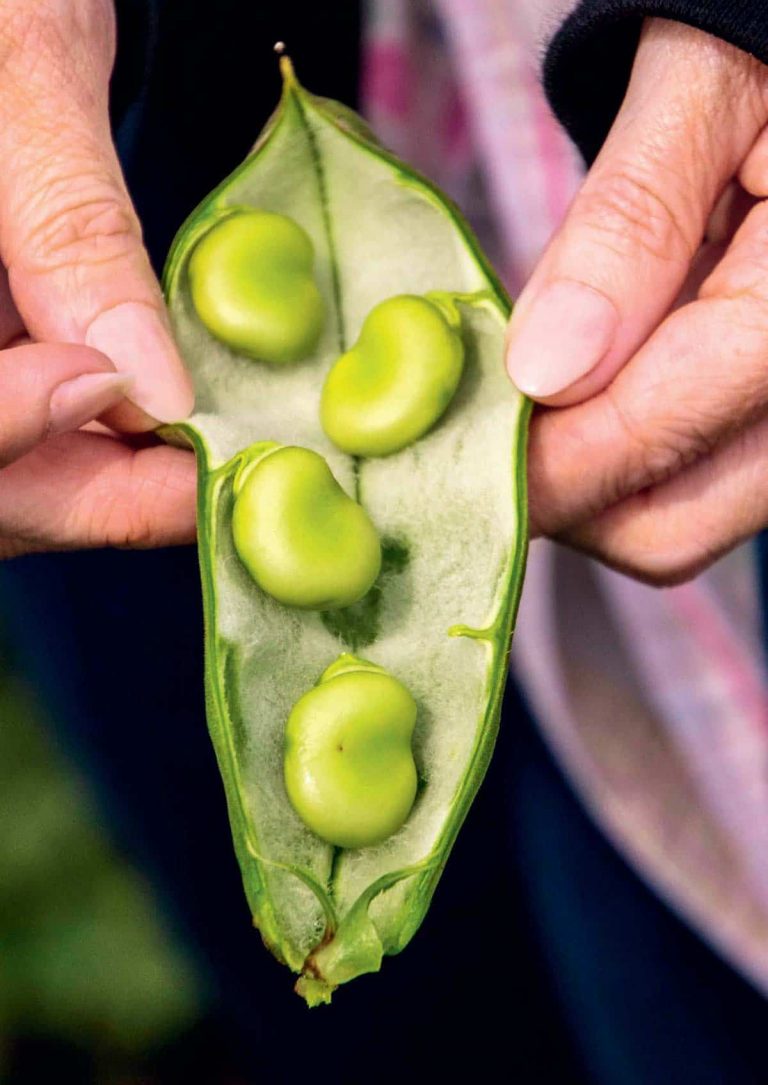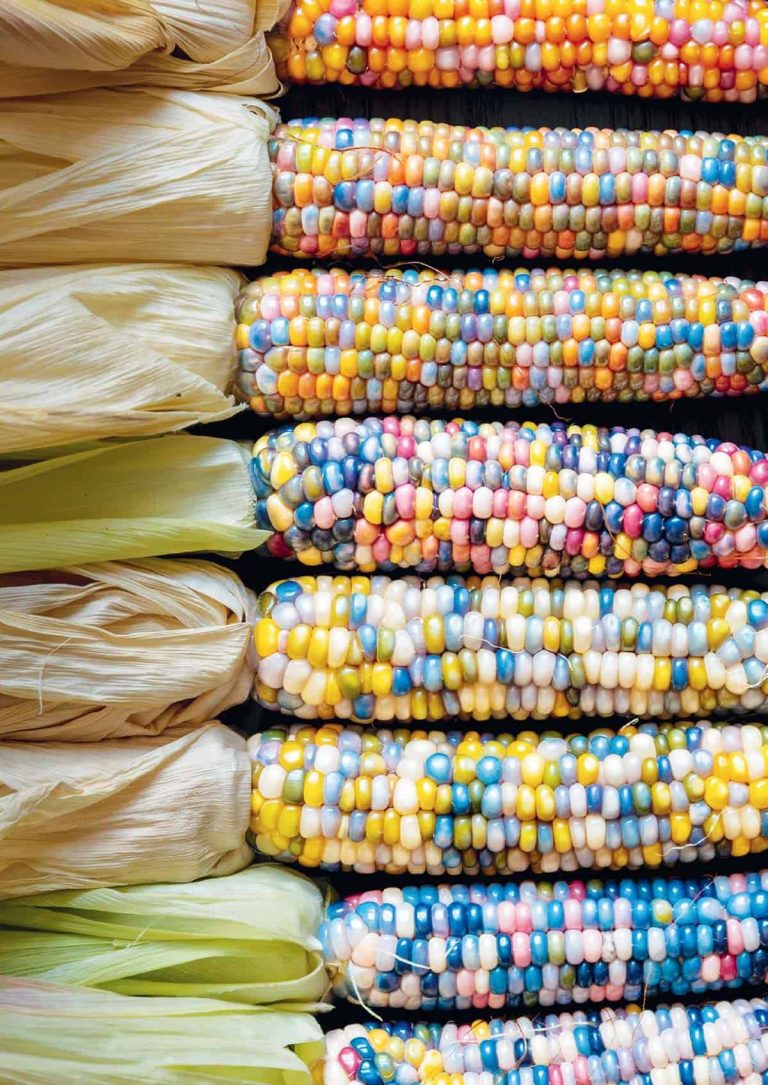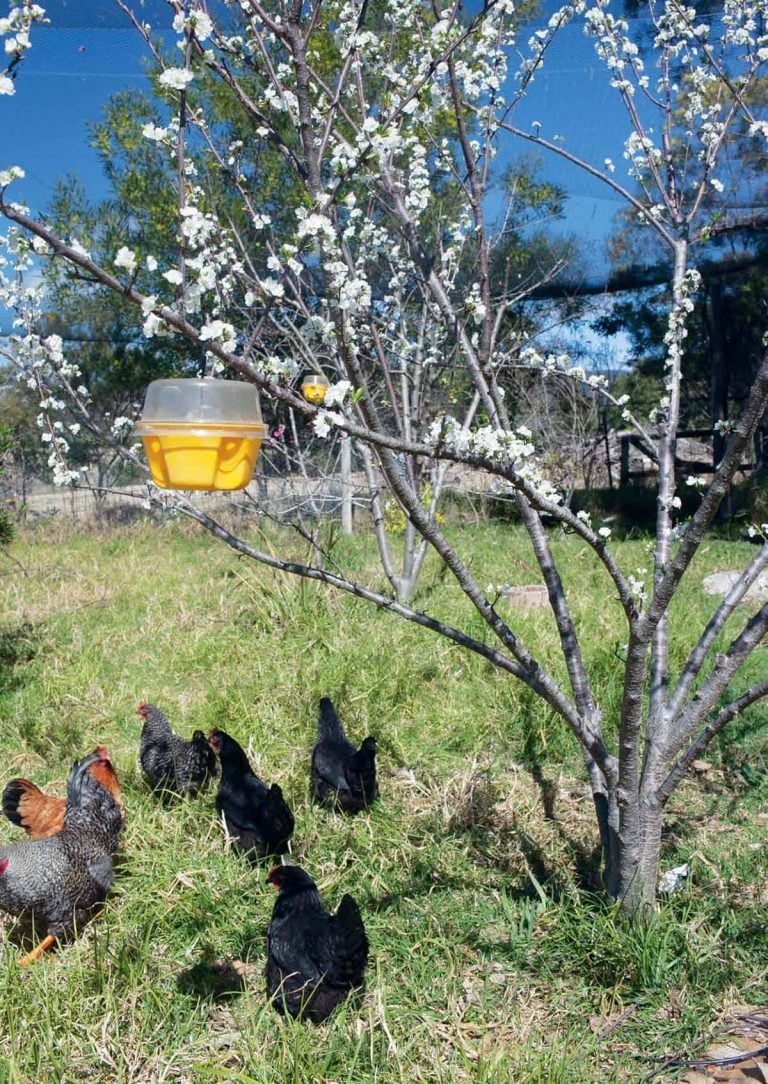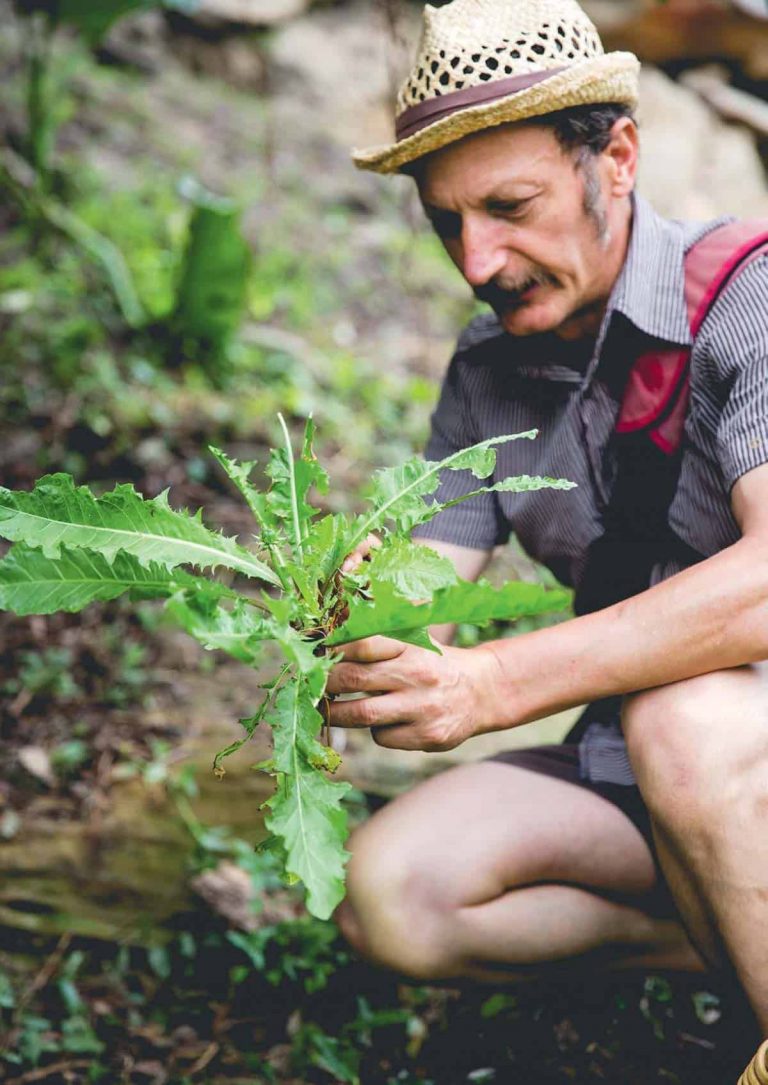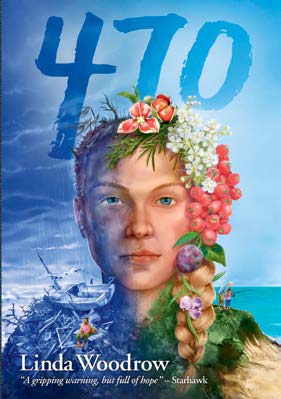Quandong
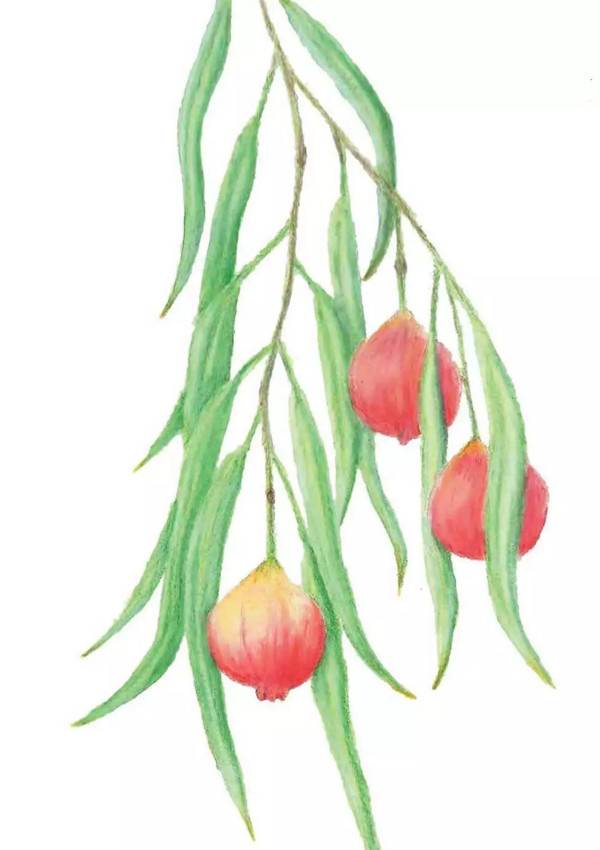

Considered a godsend by many a weary outback traveller, the bright scarlet-coloured fruit of the quandong tree – also known as the desert peach – has many beneficial uses.
Quandong (Santalum acuminatum) trees are widely dispersed throughout the arid inland and coastal regions of southern Australia including Western Australia, South Australia, Northern Territory, Victoria and New South Wales, with remnant communities in remote areas. A relative of the sandalwood, the quandong grows to a shrubby tree between four and five metres tall. It has long, narrow olive-coloured leaves which taper to a point and its golf-ball sized fruit turns from a greeny-yellow to a bright crimson when ripe.

